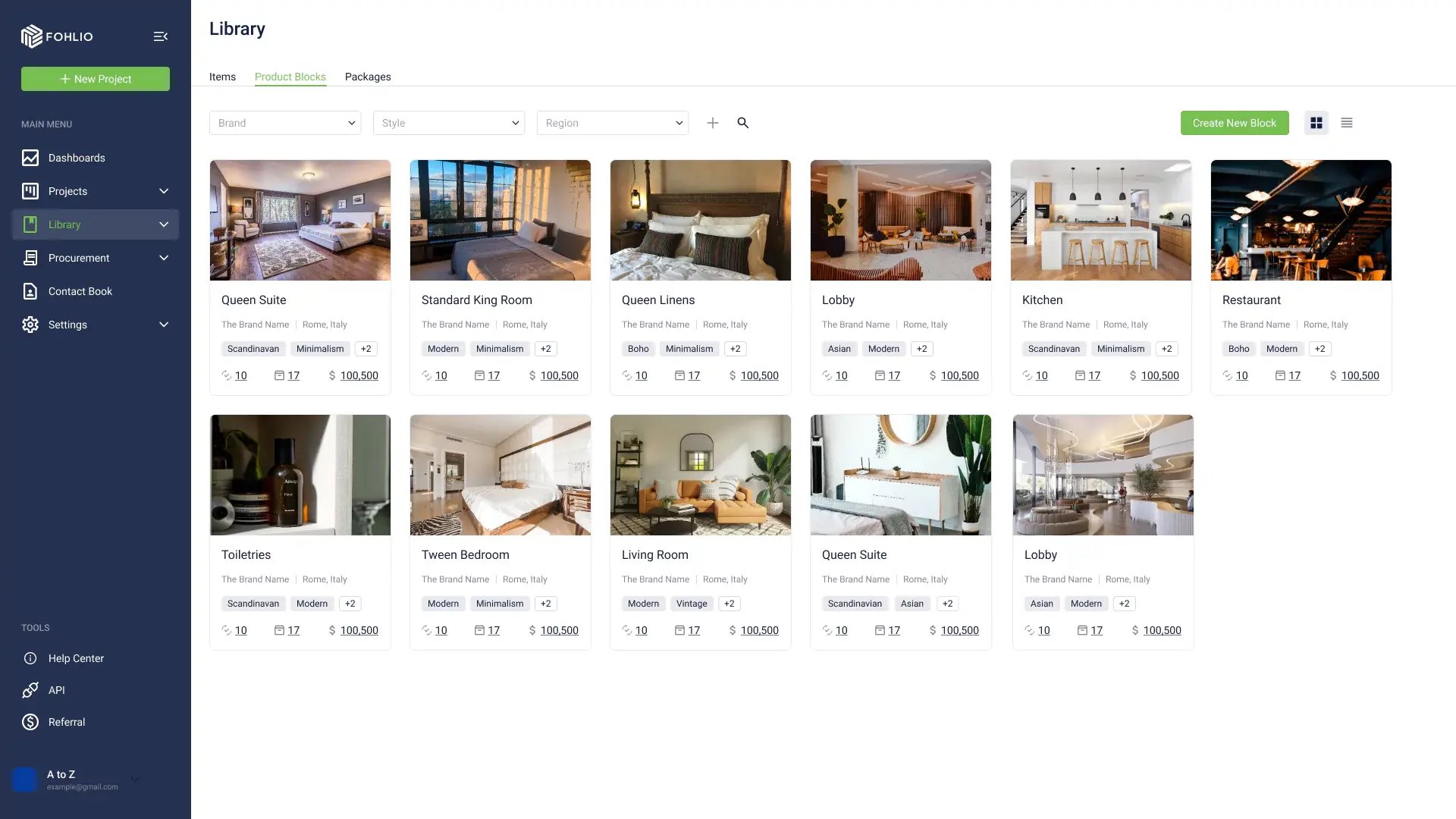
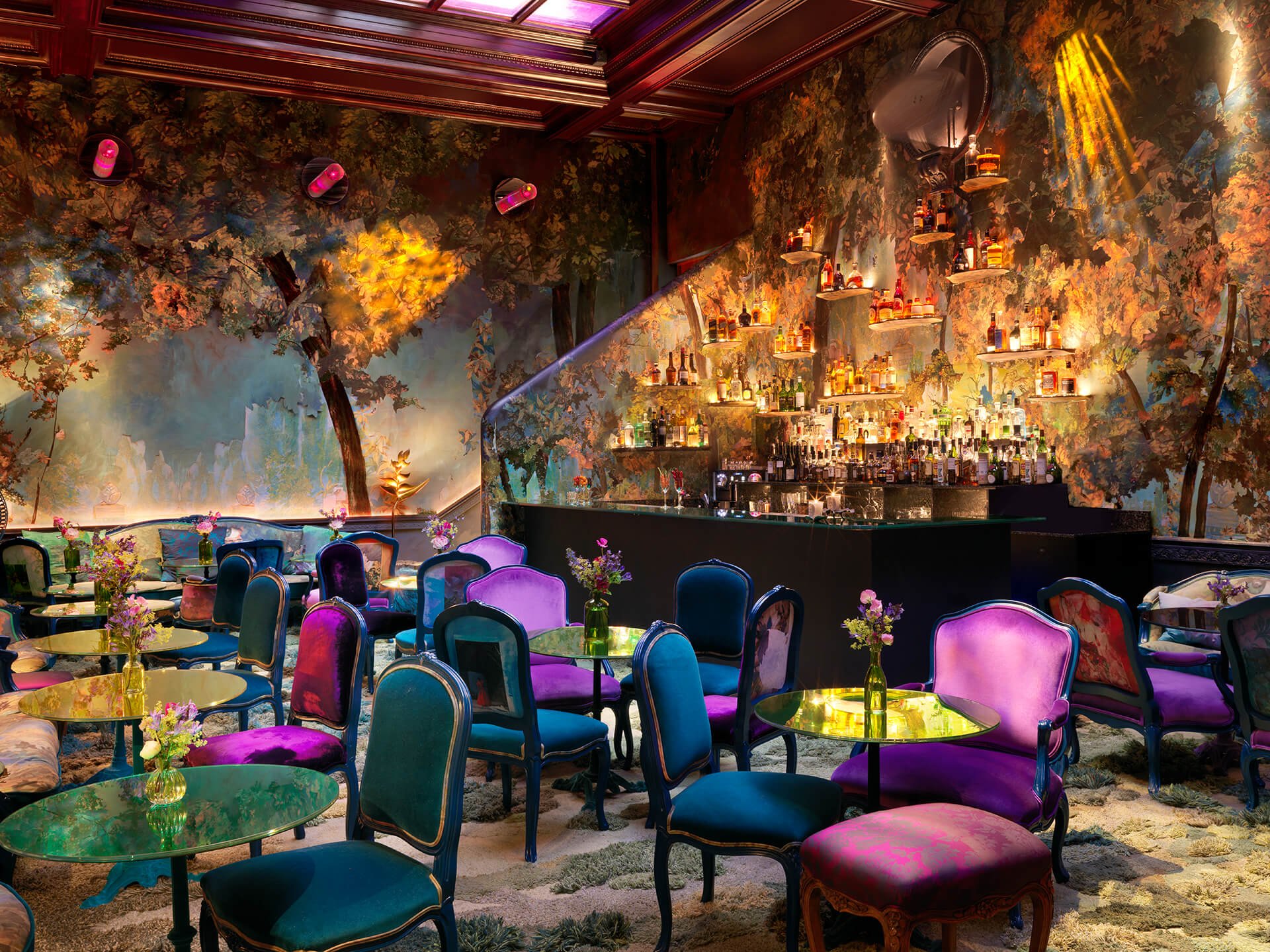
Specify, procure, prototype, collaborate, and analyze at scale. Take on bigger projects with confidence and grow your firm with Fohlio. Schedule a demo or book a consultation with one of our account managers to explore these features today.
A gorgeous, breathtaking space that diners flock to is every restaurant owner’s dream. As an architect or interior designer, however, it falls upon you to explain that a pretty interior (and exterior, for that matter) is only the tip of the iceberg. Some of the most important elements of restaurant interior architecture, in fact, are meant to go unnoticed.
Welcome to the final installment of our five-part series on the psychology of great restaurant interior design. In this article, we’ll discuss the different elements of restaurant design and how they affect restaurant diners’ experience and behavior.
The Most Important Element of Restaurant Interior Design
Like we discussed in an earlier installment of this series, restaurants worth their salt don’t try to cater to everyone. Instead, they have a very clear picture of who their target customer is. For Jo Sampson, creative director of restaurant design studio Blacksheep, the customer is the most important factor in designing a bar or restaurant. “How we are going to attract them, how are we going to give them an amazing experience and what’s going to make them come back?”

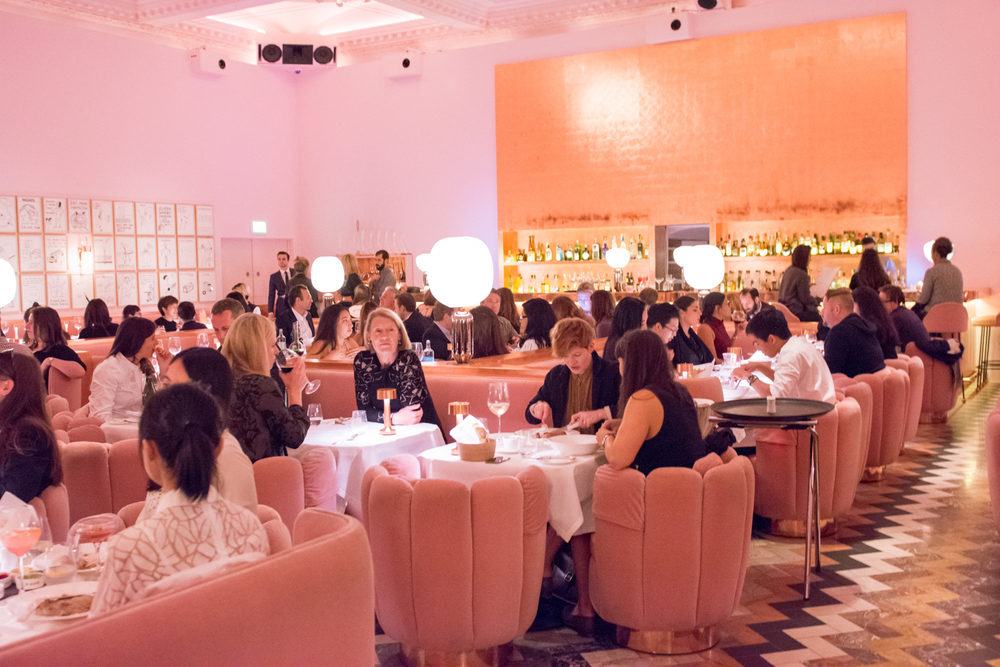
With this firmly in mind, you can now start building your brand around customers’ perception and the experience it will create for them.
The Restaurant Design Narrative
Tom Strother is the co-founder and creative director of interior design firm Fabled Studio. According to him, there are two things he initially considers when starting to design a restaurant.
The first is the concept and story behind the design. “This is important to us to make sure that there is a strong narrative that is carried through the details of the design, ensuring each detail plays its part but without feeling contrived or superfluous to the design.”
In designing Margot in Covent Garden, for example, Strother echoed the fine Italian cuisine through fine Italian crafts and traditions, such as Palladian flooring. Warm copper accents were also reminiscent of the copper pans “Nonna” (Italian for “grandma”) used cooking pasta.
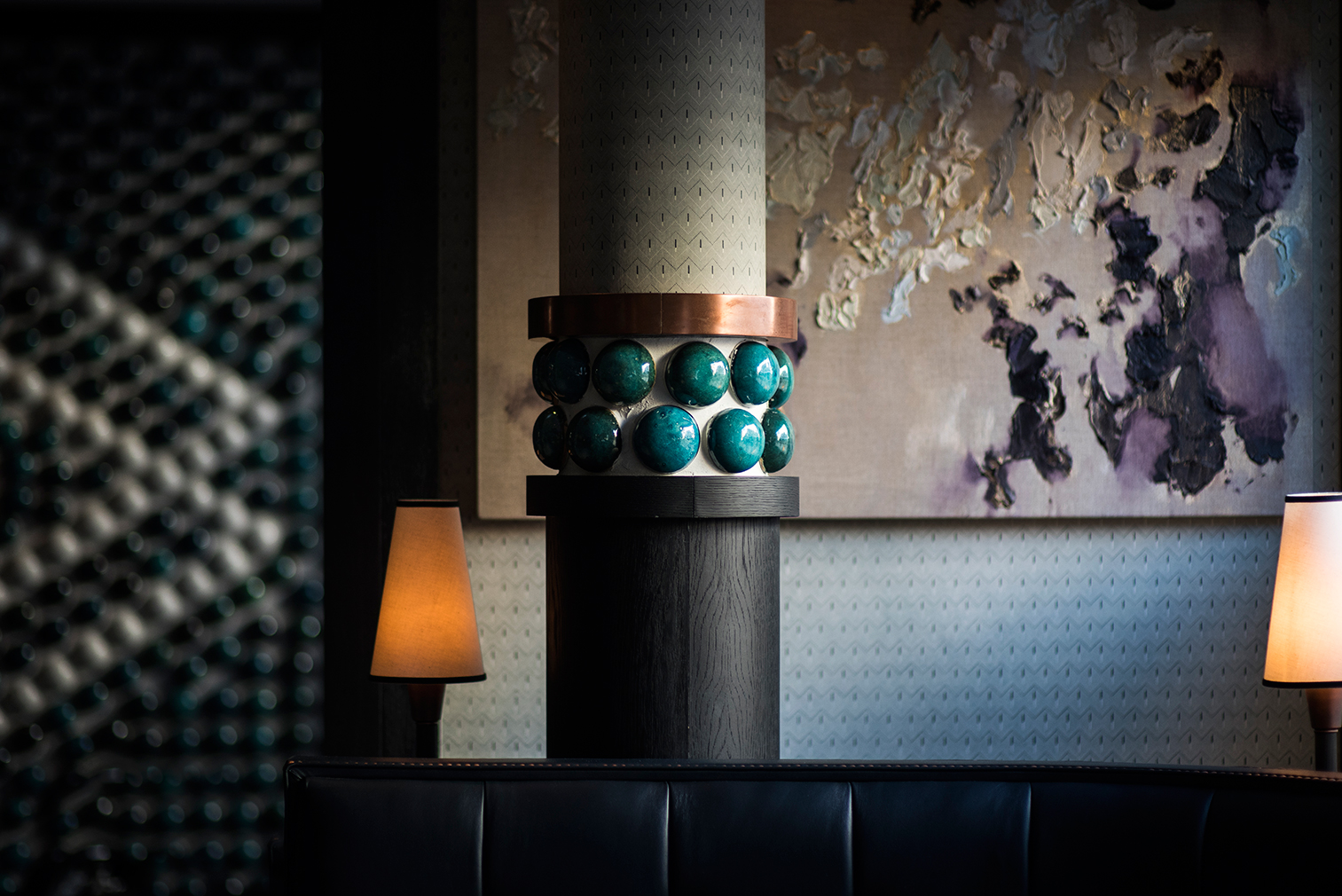
An important thing to do in order to crystallize and strengthen the narrative is to ask your client: “What do you do?” “Who are you?” and “Why are you doing it?”
Pearl Group’s Jim Sullivan emphasizes how important it is to the restaurant’s success to know yourself. “Restaurants fail because they have an identity crisis. They don’t know who they are.”
What about trends? Sampson prefers not to follow them, but to define them instead. What does this mean? “Research for concepts isn’t based on what is out there now or what’s current, as this will be dated by the time our work comes to fruition. We stay one step ahead so our work has longevity.”
The Other Side of Restaurant Interior Design: Operations
The second element, and equally important to diners’ experience, is operations. Strother asks important questions: “How do guests arrive at the restaurant? What route does the food take from the kitchen to the guests’ table and how is it delivered?
“If a restaurant doesn’t work properly from a functionality point of view — it doesn’t matter how beautiful it is, it will never be a success.”
Sampson agrees: “The location of all the elements, from circulation spaces, to seating areas to the bar, all contribute to the operations of a space. If people can’t get a drink or the food is stone-cold, then the space fails, and that affects the business.”
Here are some practical points to consider:
- The general rule for space allotment is that the dining area takes up 60% of the space, while the kitchen, storage, and restrooms take up the remaining 40%.
- Spacing between tables should be enough to make it comfortable to move around. However, this has different meanings depending on the type of restaurant. If you’re opening a fine dining establishment, 20 square feet per person is a good rule. For fast-food restaurants, you’ll only need 10 square feet per person.
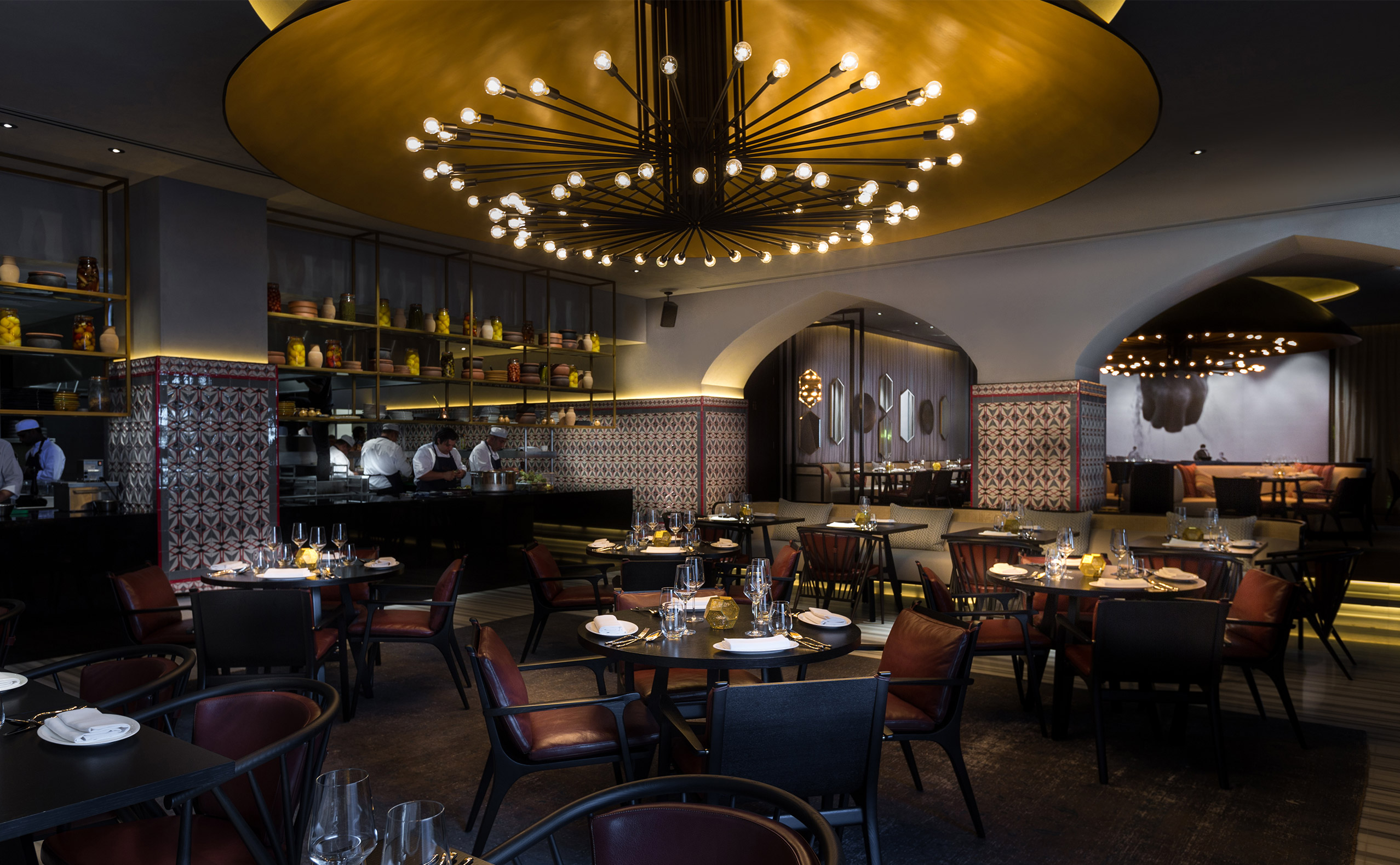
- Diners need to see and be seen by the staff, for obvious reasons: Diners should feel that their every need can be attended to at the soonest possible time, while staff need to be able to anticipate diners’ needs. This is an important consideration when balancing privacy and the openness of the layout.
- The current trend is to not have server stations and hostess desks, making for a more inclusive experience and smoother-flowing traffic. However, there are undeniable benefits to having these tools at your staff’s disposal — so if you’re including them, make sure they’re in areas that have the least customer traffic. For example, don’t put server stations near restrooms. The center of the dining area is the ideal place for it.
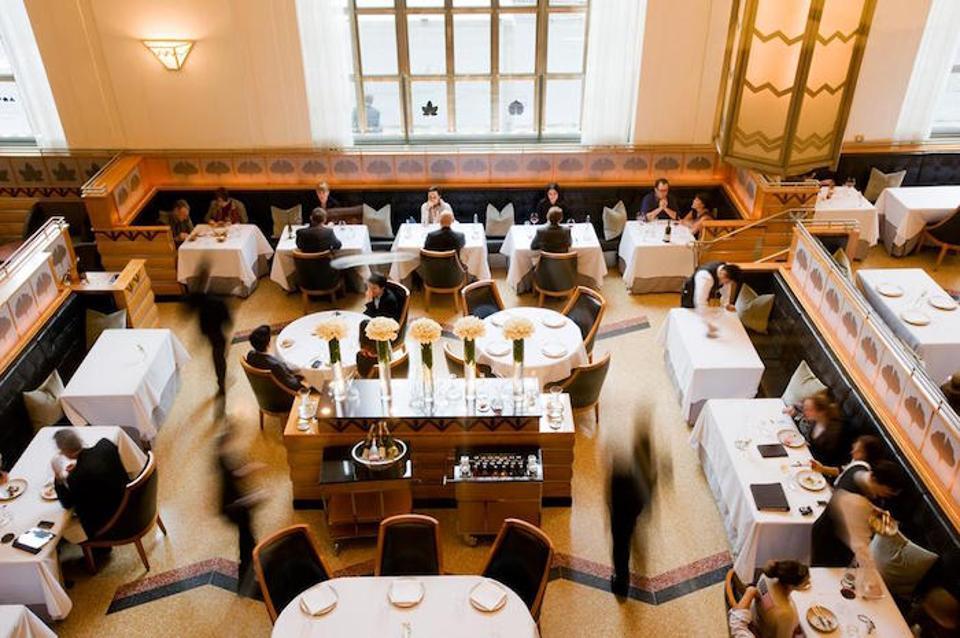
- Speaking of restrooms: They must be easily locatable as asking for directions might be uncomfortable for diners. If they are located behind walls or hallways, signs that are easy to see will be a big help. Don’t put them right beside the kitchen, either: Your operations might be extremely sanitary, but patrons will still think that the food might be dirty if the kitchen is right beside the restrooms.
- Lighting, of course, also has several practical considerations aside from aesthetics. They must be safe and low-maintenance, easy to control throughout the day, and must meet the highest energy standards possible.
- Traffic is one of the trickiest elements of restaurant interior design. “We have to get you in quickly and serve you quickly, so flow for customer and staff is crucial,” says Sullivan. Unless you have a really large entrance, the hostess desk should always be to the side. This allows customers to leave unhampered while you’re assisting the ones that just arrived.
Learn more: FF&E Specification in Excel is Killing Design Firms — Even Big Ones
Ambience
Architecture also plays a big part in the ambience of restaurant interior design, and therefore diners’ behaviors.
- Because all restaurants want to make a good first impression, the design of the restaurant’s entrance is of course all-important. However, it’s also interesting to note how some establishments with multiple entrances create different, but similarly inviting experiences. Diners at Mount Kisco’s Winston who enter through the rear entrance are led past the glass-walled pastry kitchen, which offers an intimate invitation to the goodies that await.
- Low-tempo music, dim lights, and warm colors all invite customers to relax, linger, and order dessert, coffee, or an extra glass of wine. You can encourage this behavior even further with seats that will keep patrons supported and comfortable over a long period of sitting.
Read: Your Design Firm Needs a Digital Materials Library — Here are 9 Reasons Why
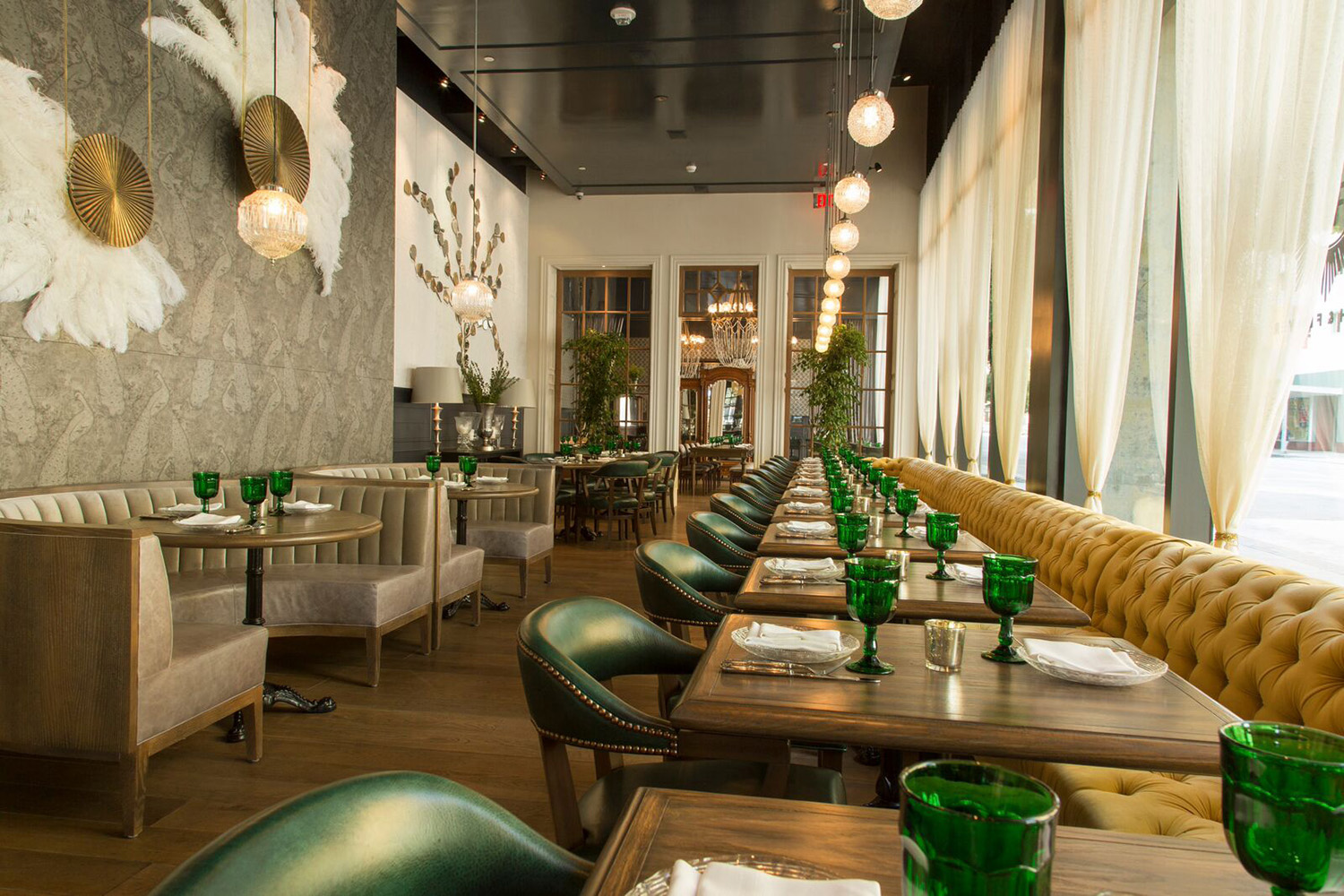
- On the other hand, if you’ve ever noticed that fast-food restaurants have chairs that are just shy of comfortable, you can rest assured that this is deliberate, as it encourages fast turnover.
We hope you enjoyed our five-part series on the psychology of restaurant interior design! If you haven’t read the earlier installments, you can catch up here on parts 1 (color), 2 (scent), 3 (lighting), and 4 (acoustics).
Specify, procure, prototype, collaborate, and analyze at scale. Take on bigger projects with confidence and grow your firm with Fohlio. Schedule a demo or book a consultation with one of our account managers to explore these features today.
Sources:
Modern Restaurant Management
Westchester Magazine
Independent UK
Specifi
Freshome
Featured image: The Glade, London. Via Frameweb.
Expore Fohlio
Learn how to:
- Save days of work with faster specification
- Create firm-wide design standards
- Automate and centralize procurement
- Keep your whole team on the same Page
- Manage product data
- Track budget against cost in real time.
- Prepare for asset valuation
Published Sep 11, 2017


